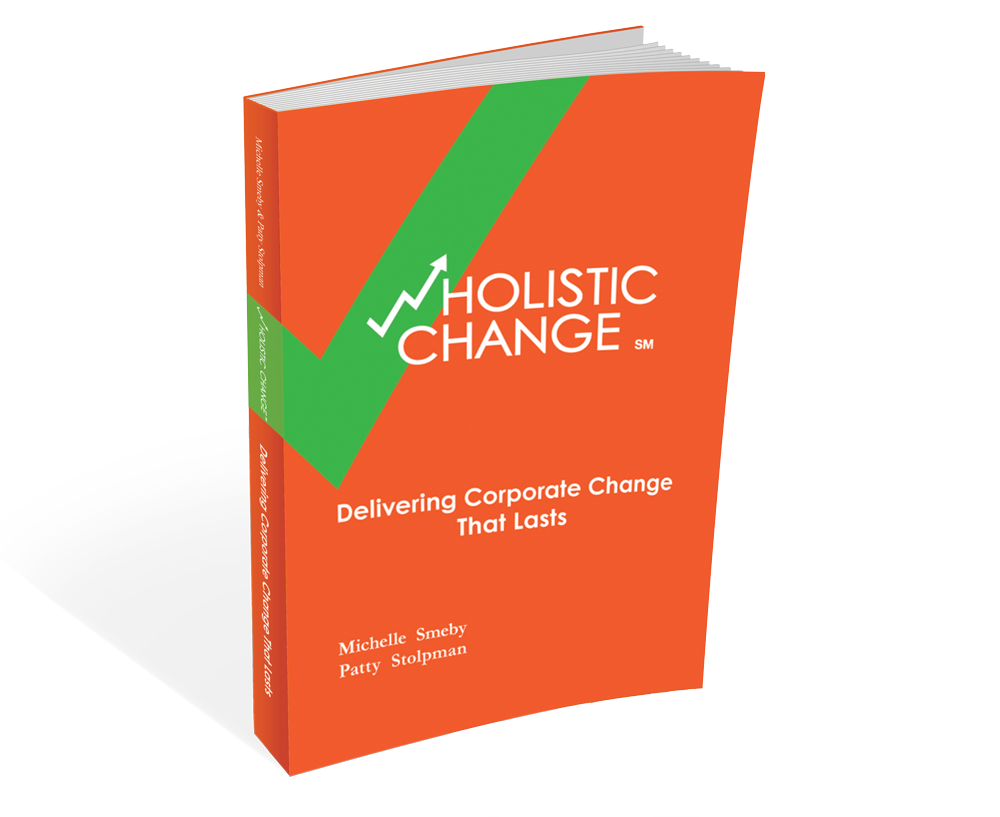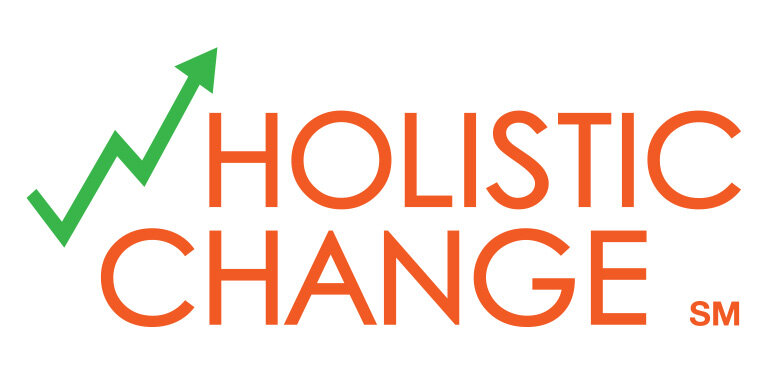Once you understand your current world and have described your future world, you can tackle planning your change.An important part of the future world description includes everybody being on board and agreeing to the same description! If you don’t yet have buy-in from all the impacted stakeholders, you’re not ready to plan and you need to keep working to get consensus. Alternatively, you can mandate, but be aware of the risks that introduces!When your future world is solid, do a comparison of where you are now and where you want to be. For each aspect of what you are trying to change, identify what it will take to shift the organization. Be realistic -- maybe even a touch pessimistic -- this is not the time for rose-colored glasses. If you minimize the difference from current to future, or minimize the effort it will take you to make the change, you’ve introduced a significant issue that may actually cause your effort to fail.Keep in mind what you “must have” and what is “nice to have”. This priority is going to be critical when you lay out your plan. If your ideal future isn’t achievable within the timeframe and the budget you’ve got to work with, what is your minimum that you won’t give up? If, after identifying the minimum, you still don't have the timeframe and budget, seriously reconsider what you have said is your minimum, or whether or not this change should even be attempted. Be very clear on what is negotiable and what is not.In future posts we’ll talk more about the individual aspects of your change plan.

